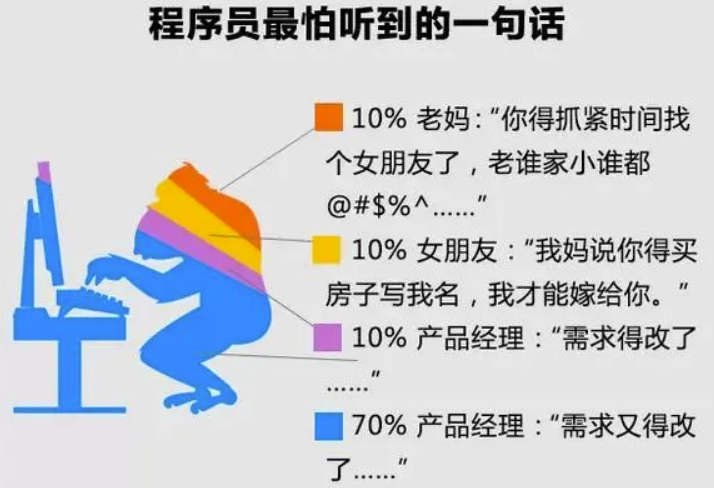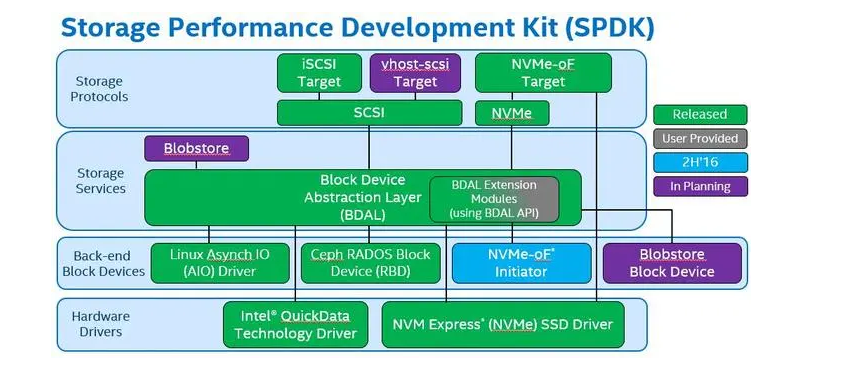The English content is mostly correct, but there are a few errors:
- “Chlorella” is misspelled as “Chloreia” in point (1).
- “Anabaanax” is misspelled as “Anabaena anabaena” in point (2) and as “Anabaenan” in point (4).
- In point (3), “chrysanthemum chrysanthemum” should be just “chrysanthemum”.
Here’s a corrected version of the abstract:
In this paper, Chlorella and Anabaena were used as raw materials to make composite microalgal biological fertilizer, which was used for the cultivation of several leaf vegetables. Seven treatments were done in the study, including Chlorella and Anabaena separately treatment (T1, T2), and three proportions of composite microalgal fertilizer. The ratios of Chlorella and Anabaena were 1:2 (T3), 2:1 (T4), 1:1 (T5), commercial fertilizer (T6) and CK, respectively. The effects of Chlorella and Anabaena on the growth of lettuce, cabbage, spinach, coriander and chrysanthemum and their effects on soil physicochemical properties were investigated. The main results are as follows.
(1) The culture and preparation test results of composite microalgae bacterial liquid showed that in the active microalgae cell biological fertilizer in this study, the survival rates of Chlorella and Anabaena were 100% when cultured for 15 days, 94% and 95% when cultured for 120 days respectively. The survival rate of composite microalgae fertilizer was also 94%, indicating that the two kinds of microalgae could coexist and maintain long-term growth activity.
(2) In experimental treatment, the germination rate of seeds under T2 treatment was the highest, reaching 96.33%. Compared with T2, the germination rate of other treatments was slightly lower but all of them reached a higher level than that of CK treatment.
(3) The results of field vegetable planting experiments showed that microalgae biological fertilizer could improve the yield and quality of vegetables, but different vegetables had different responses to microalgae fertilizer. The performance of composite microalgae fertilizer was better than that of commercial microalgae fertilizer. T4 had the most significant effect on vegetable yield and quality, and the best effect on lettuce, cabbage, coriander and chrysanthemum. The effects of T5 and T3 compound microalgae fertilizer on spinach were similar, and both were better than other ratios.
(4) Effects of microalgae fertilizer on soil physicochemical properties: ① Chlorella and Anabaena composite microalgae biological fertilizer has the effect of moisturizing and locking water, and is better than single microalgae fertilizer. Compared with CK, soil moisture content of T1-T6 all reached significant levels, increasing by 15.48%, 14.92%, 16.49%, 18.40%, 18.27% and 25.49% respectively, but the difference between them was not significant. (2) Microalgal fertilizer had a significant effect on the content of alkali-hydrolyzed nitrogen in soil. T1-T6 increased in different degrees compared with CK, and the effect was shown as T4 > T6 > T5 > T1 > T3 > T2. The highest value was 185.42 mg/kg in T4 treatment. The percentage of alkali-hydrolyzed nitrogen in composite microalgal fertilizers T4 and T5 was 14.91% and 12.97% respectively, higher than that of commercial microalgal fertilizer T6. (3) The results of total nitrogen content of soil treated by microalgae fertilizer showed that the total nitrogen content of soil treated by T4 was 6.18% lower than that of CK, and the total nitrogen content of soil treated by other treatments was higher than that of CK. Based on the results of vegetable growth, microalgae biological fertilizer could increase the nitrogen content of soil and promote the nitrogen absorption of vegetables to different degrees. (4) Microalgae fertilizer treatment of soil organic matter, available potassium and available phosphorus results showed that compared with CK, T1-T6 organic matter content increased. The content of available potassium increased in T2-T5 but decreased in T1 and T6. The available phosphorus increased in T1-T6. According to the results of vegetable growth, microalgae biological fertilizer could increase the content of organic matter in soil and promote the absorption of K and P by vegetables.
In summary, based on the analysis of vegetable quality and yield and soil physical and chemical properties, this study concludes that composite microalgae fertilizer made from Chlorella and Anabaena can improve plant quality and yield, and has high economic and environmental value.





















